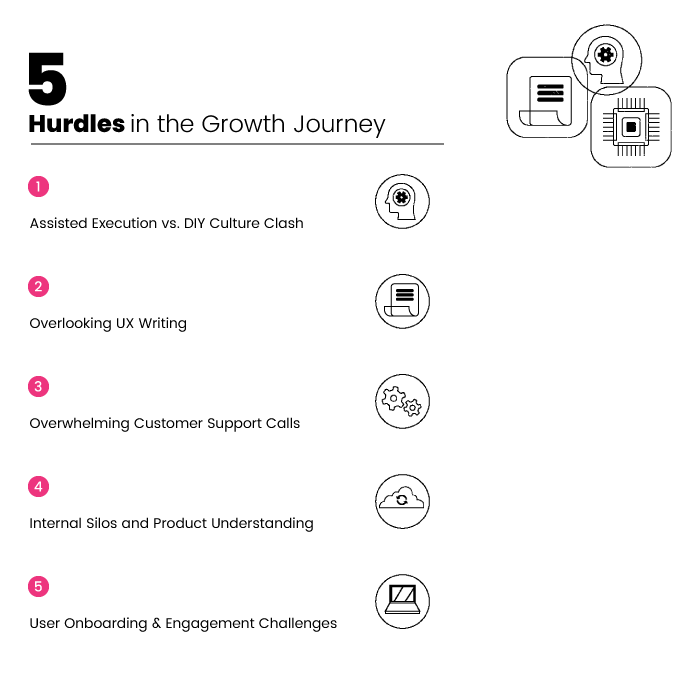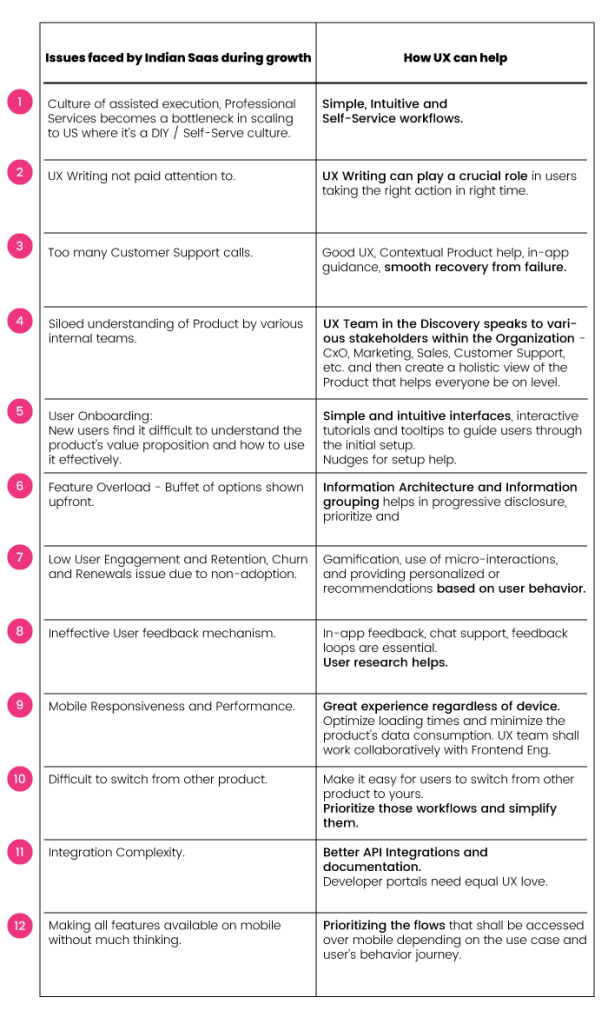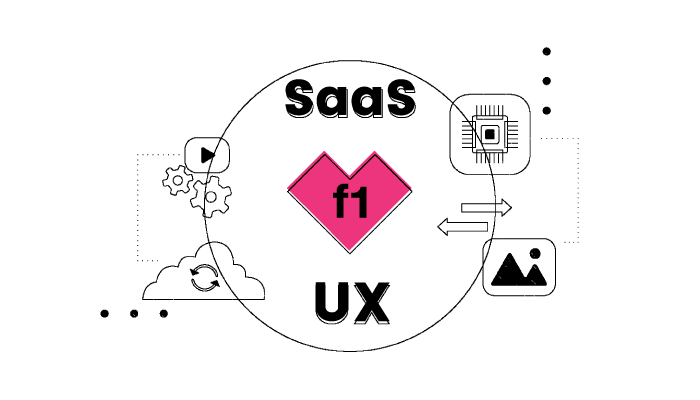Navigating Challenges Through Effective UX Strategies
The Indian Software as a Service (SaaS) sector has witnessed remarkable growth in recent years. These enterprises have not only disrupted traditional business paradigms but have also propelled themselves onto the international stage, commanding attention and respect from both customers and competitors alike.
However, as the dust settles on the initial stages of innovation and experimentation, these SaaS companies now find themselves at a pivotal juncture – the Growth Phase. This is a critical chapter in their journey, marked by ambitious expansion plans, a quest for market dominance, and a relentless drive to scale their operations. This is also the stage where they often grapple with a unique set of challenges that can hinder their progress.
With this blog post, we will dive deeper into the challenges that come with this growth phase and see how a strong focus on User Experience (UX) can act as a guiding light, helping these companies navigate through the challenges.
The Hurdles in the Growth Journey:
- Assisted Execution vs. DIY Culture Clash:
In India, the culture of assisted execution has deep roots, with customers expecting personalized service. However, scaling to the US market, known for its DIY and self-serve culture, poses a challenge. Indian SaaS companies need to find a balance between personalized assistance and empowering users for self-discovery.
- Overlooking UX Writing:
The power of UX writing is often underestimated. Poorly crafted user interface text can impede user understanding and engagement. Effective UX writing can simplify complex concepts, guide users, and drive desired actions.
- Overwhelming Customer Support Calls:
The influx of new users can lead to a surge in customer support calls, straining internal resources. To alleviate this, SaaS companies must invest in self-help resources, FAQs, and AI-driven chatbots.
- Internal Silos and Product Understanding:
As teams grow, differing perceptions of the product can lead to misalignment and inefficiencies. Promoting cross-functional collaboration and shared understanding of the product’s vision is crucial.
- User Onboarding and Engagement Challenges:
New users often struggle to grasp a product’s value proposition and functionalities. The upfront display of numerous features can lead to confusion and overwhelm, resulting in low user engagement and retention.

The Role of UX in Overcoming Challenges:
- Intuitive Onboarding and Workflow Design:
A user-centric approach to design can simplify onboarding and help users quickly realize the product’s value. Simple, intuitive workflows and interactive tutorials can guide users through the initial setup.
- Strategic UX Writing:
Well-crafted UX writing is the bridge between the user and the product. Clear instructions, relevant prompts, and contextual help can encourage users to take the right actions at the right time.
- In-App Guidance and Feedback Loops:
Contextual product help, interactive tooltips, and in-app guidance can empower users to navigate the product independently. Establishing effective feedback loops and chat support ensures users feel heard and supported.
- Unified Product Vision:
The UX team can act as a liaison, bringing together stakeholders from various departments to create a holistic view of the product. This fosters alignment and ensures a consistent user experience across the organization.
- Mobile-Friendly Design and Performance:
Mobile responsiveness and optimized performance are vital for user satisfaction. Collaborative efforts between UX and front-end engineering ensure a seamless experience on all devices.
- Smooth Transition and Integration:
Simplifying workflows for users switching from other products and enhancing API integrations contribute to a seamless transition experience.
- Prioritized Mobile Flows:
Strategically prioritizing mobile flows based on user behavior and use cases ensures a relevant and effective mobile experience.

Conclusion
The challenges faced by Indian SaaS growth stage companies are multifaceted, yet they present opportunities for innovation and growth. By placing user experience at the forefront and strategically addressing issues such as onboarding, feature overload, user engagement, and integration complexity, SaaS companies can pave the way for success in a competitive global market.
A user-centric approach, driven by effective UX strategies, can not only help overcome these challenges but also position Indian SaaS companies as leaders in the ever-evolving SaaS landscape.

Visit us here: f1studioz








